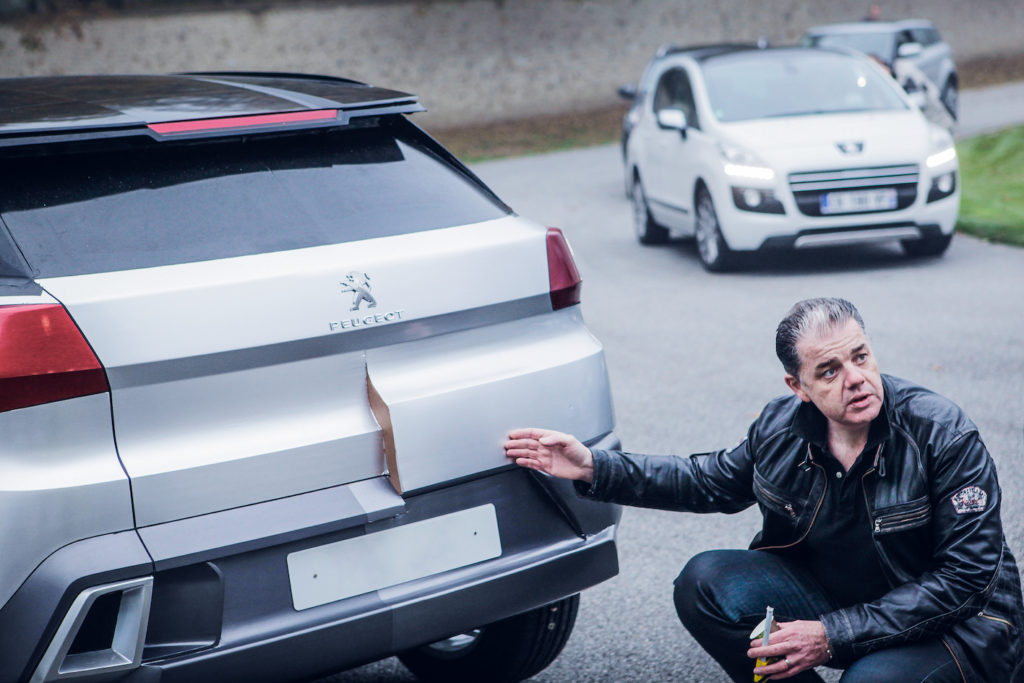
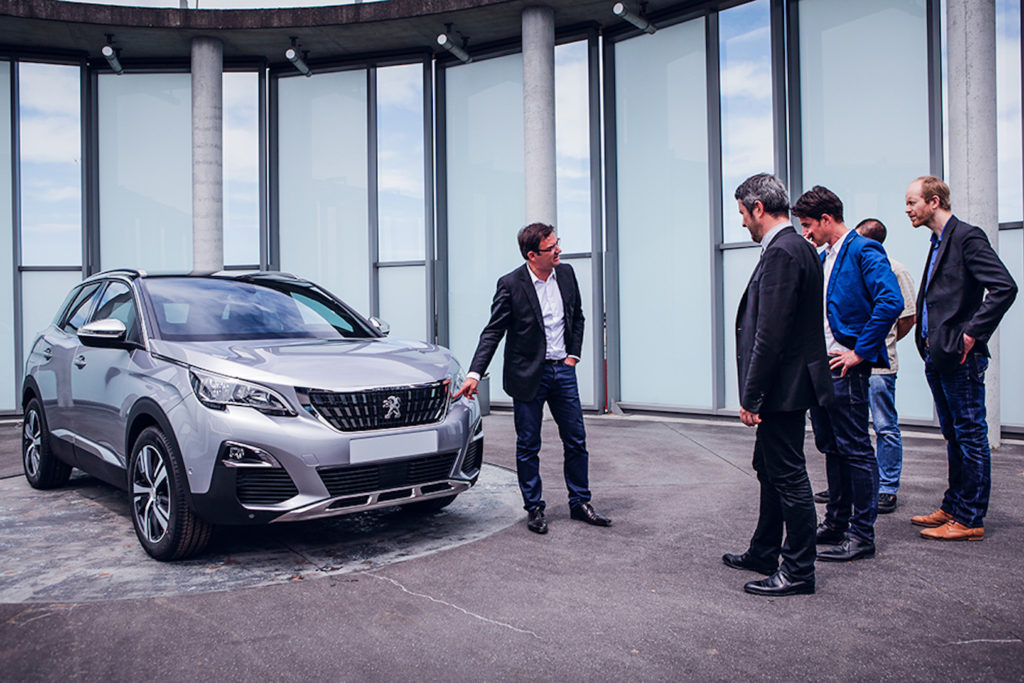
Above, a study of the programme that gave birth to the second generation 3008. While we wait for the third generation to be unveiled on 12 September, we’ll take a look back at the genesis of the first two, using extracts from the book “PEUGEOT Concept Cars and Prototypes” below.
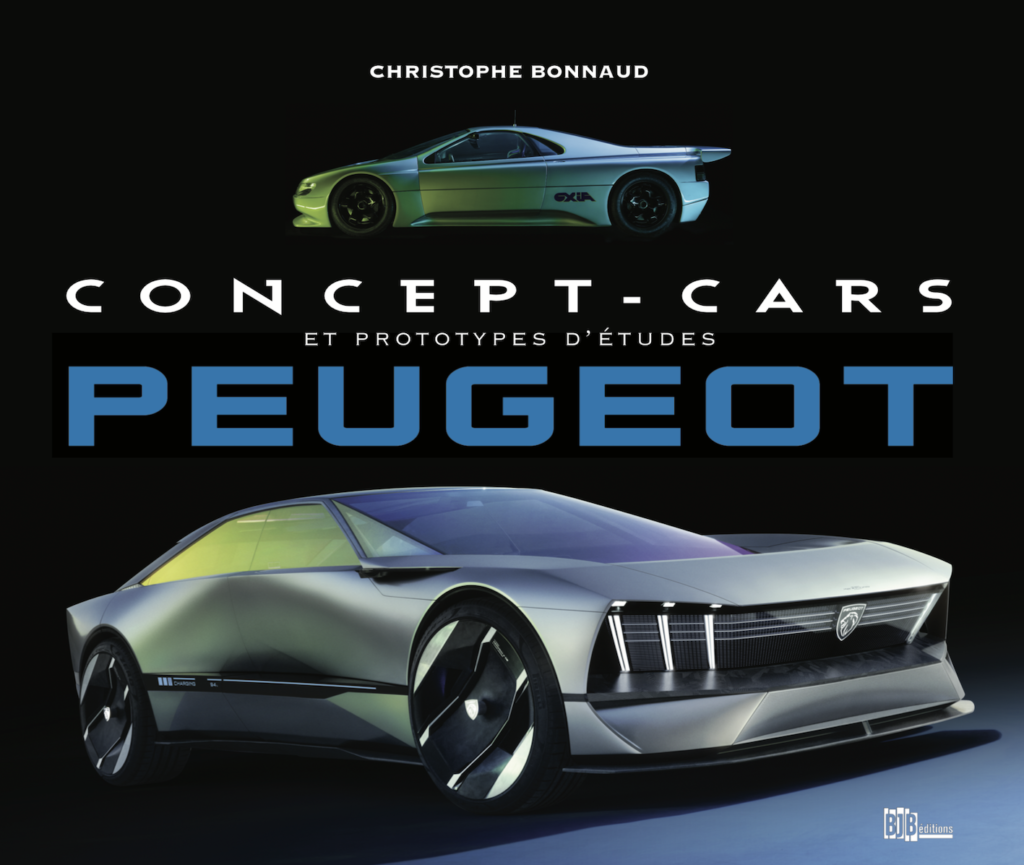
This book in French only is available to order from :
– Librairie Passion Automobile Paris (75006) : https://www.librairie-passionautomobile.com/design/14247-concept-cars-et-prototypes-d-etudes-peugeot-9782955578070.html
– Librairie Motors Mania : https://www.motors-mania.com/fr/tous-nos-produits/10758-concepts-cars-et-prototypes-d-etudes-peugeot.html
– Boutique LVA : https://www.la-boutique.com/produit/concept-cars-et-prototypes-detudes-peugeot/

2009, the first compact crossover
Jérôme Gallix was head of Peugeot design for two years, from 2007 to 2009. Many projects were conceived during this short period. Others saw the light of day, such as the RCZ coupé. But the RCZ was not the only UFO to emerge during those two years, as Gallix recounts in the book Peugeot Concept Cars and Prototypes.
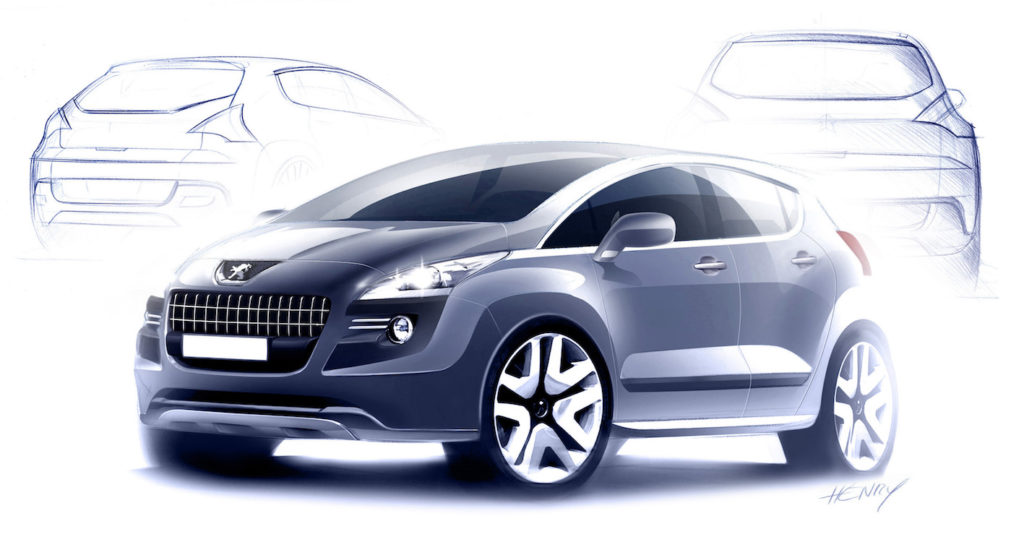
The first-generation 3008 appeared in 2009, but the design boss at the time revealed that Peugeot’s original intention was not to develop an SUV, but to accompany the 308 with a volumetric silhouette, a sort of French Golf+. “It was nonsense, and I promoted the idea – supported by Vincent Soulignac – of orienting the project towards a more 4×4 design, and the only vehicle I had on hand at the time was the Honda Joy Machine, except that it was very cubic.”
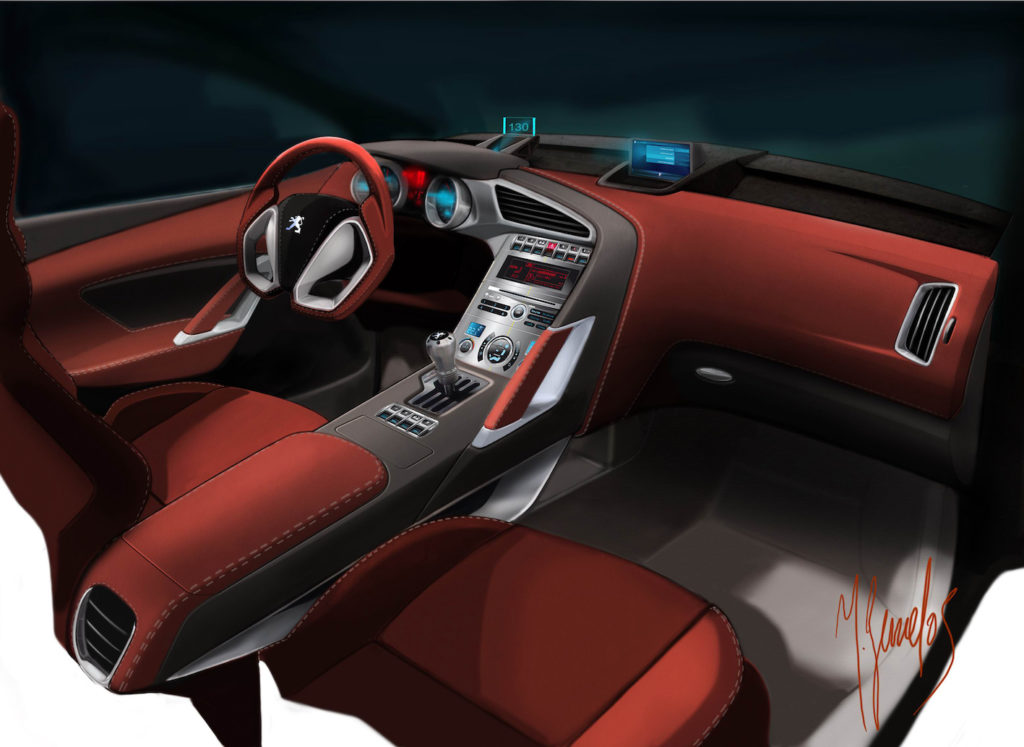
“At Peugeot, there was an aversion to cubic models and I found it hard to get my message across. The 3008 as I imagined it, I was the only one to believe in it, with Robert Peugeot who liked this project because it shook up everyone in-house. We then proposed an exploratory vehicle based on a 207, but bigger and less cubic to fit the small wheels. The people in charge of the product never wanted to admit that the wheels were too small, and they pushed us in a direction with a massive, imposing vehicle”.
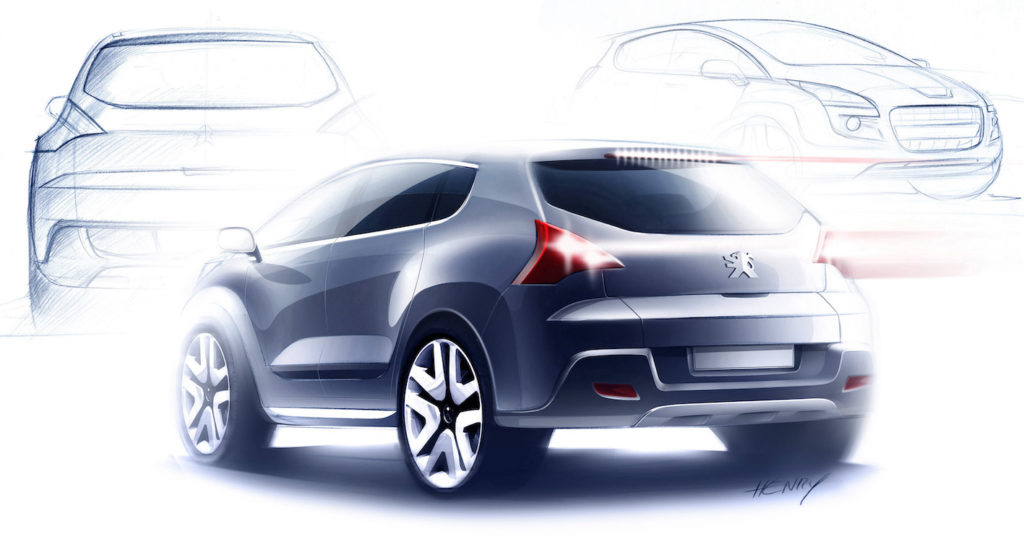
“For us in the design department, it was a bit of a painful time because we had come up with a car that was extraordinary in terms of style. But to bring it to fruition, we would have had to fit wheel diameters of 675 to 680 mm and, at the time, modifying the platform was not an option. For the record, the current 3008 is 752 mm!” Jérôme Gallix and his teams are continuing to break new ground, such as the 7-seater version of the 3008 (the 5008) and an innovative cockpit architecture project. This is the first phase of what will become the i-Cockpit®.
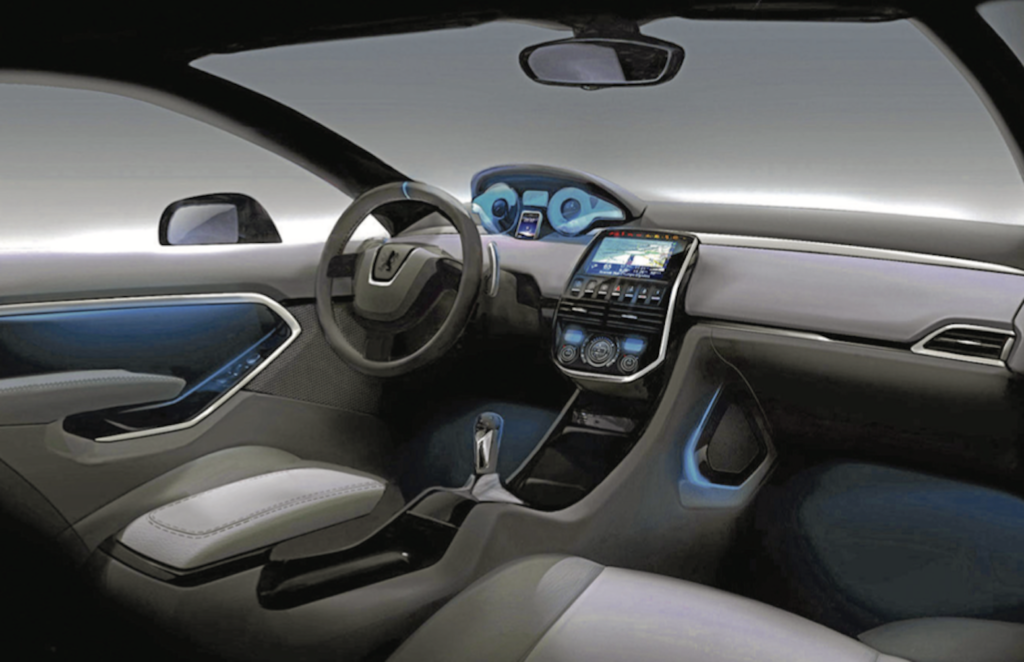
“Yes, the foundations of this concept were already there,” confirms Jérôme Gallix. This architecture was designed for the first generation 508 by the phase advance team, which included Pierre Rémond and designer Yong Wook Sin, who came up with the idea for the i-Cockpit®. In the end, it will be postponed until the launch of the 208 in 2012. In the pool of prospective studies likely to convince Christian Streiff, there is a multi-disciplinary programme that is casting a wide net with totally new products. “This is what we call the Urban Distinctives,” explains Jérôme. “The Urban Distinctives were very disturbing for Peugeot, even… stinging” (three of these cars are revealed in the book).

The ambition was then to renew the 607, with the W31 project, the last programme in which Welter participated. “I campaigned against the W31 project,” admits Jérôme Gallix. “On this project for a large saloon, we came up with the double light signature on the bow, well before Citroën. This programme was transformed into the W35, with a more coupé-like design. “Pininfarina had been involved in the project, but the W31 and W35 were both financially unreasonable, and common sense prevailed. We couldn’t defend the indefensible,” concludes Jérôme Gallix.
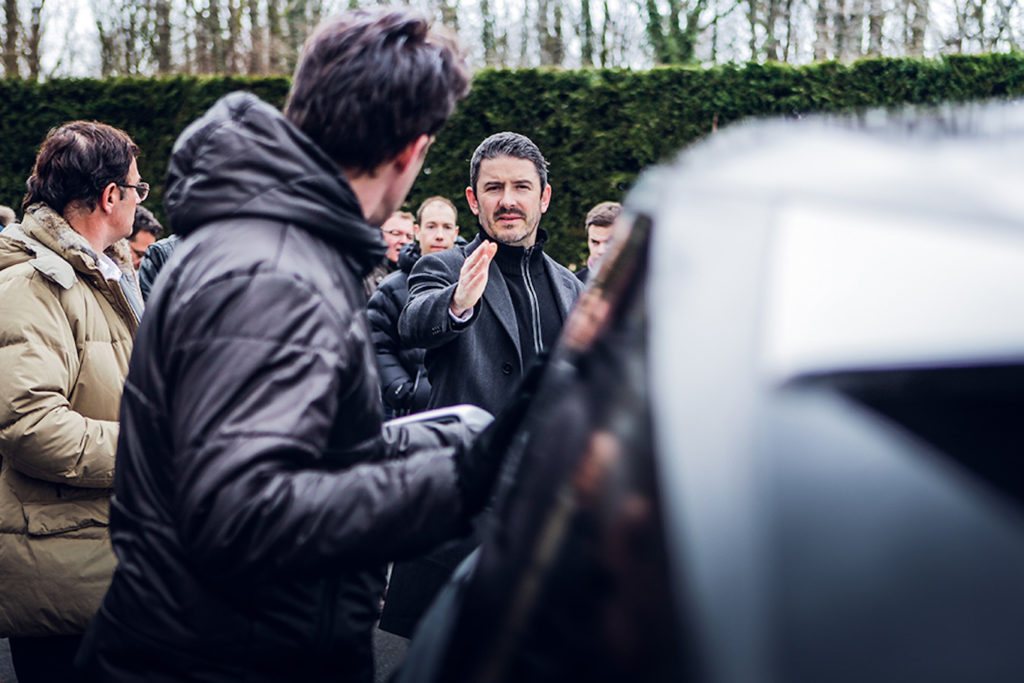
Jérôme Gallix left the Group, under pressure, in 2009. Jean-Pierre Ploué took charge of Peugeot design, in addition to Citroën, and quickly appointed Gilles Vidal as head of design for the Sochaux-based brand. Ploué-Vidal: two Citroëns at the helm of Peugeot design! This was a rich period, sometimes troubled by a few tensions. Here is an extract from the book on the genesis of the second generation 3008 in 2016.
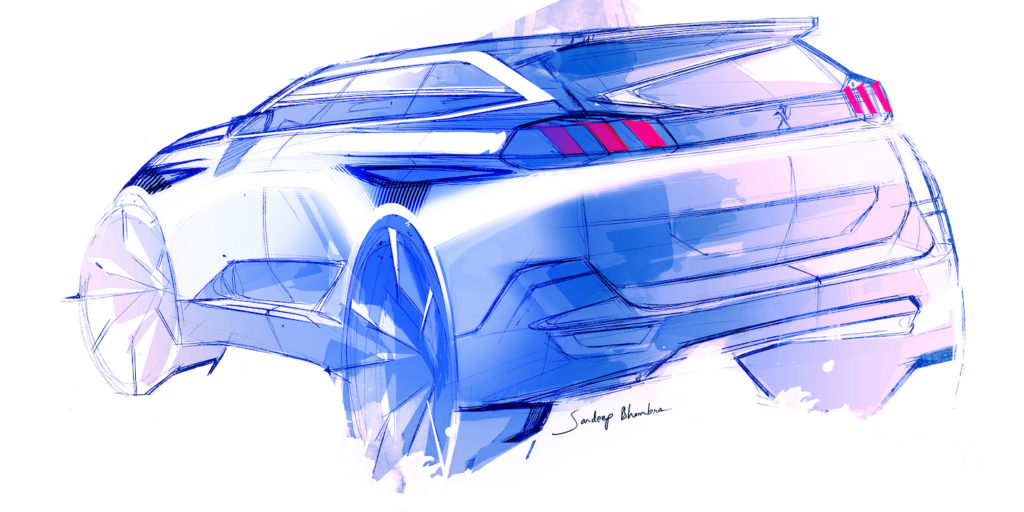
With the 308 hatchback and estate now renewed, it’s time for Gilles Vidal’s team to tackle the replacement of the 3008 and 5008 crossovers. Born of the Jérôme Gallix era, these vehicles established the brand in the burgeoning world of SUVs. In the absence of an MPV, the Peugeot range is banking everything on this silhouette, which we can only assume will save the day. As we have seen, the impact of the 2008 crisis, the move into the Chinese market, the launch of the first diesel hybrids and the development of Peugeot and Citroën’s product plans put a strain on the Group’s financial situation in the early 2010s.
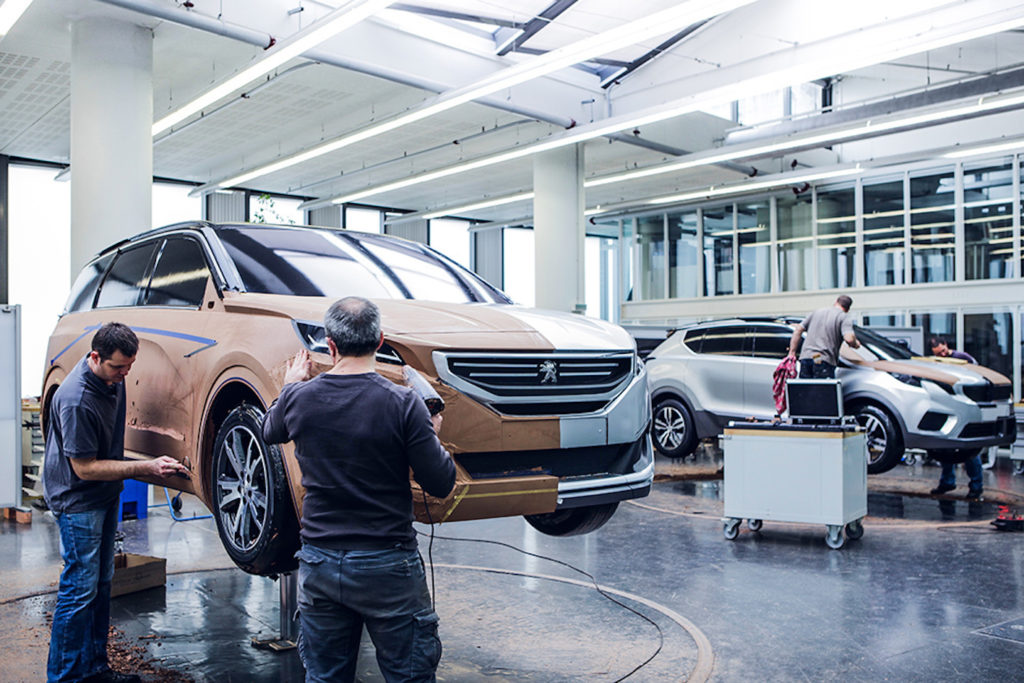
After an initial attempt to woo General Motors (a project to renew the 2008 C5 included the Insignia’s V6 and four-wheel drive for a time), PSA stumbled and, in 2014, hung on to a recapitalisation with the State and the Chinese company Dongefeng each taking a 15% stake. It is against this backdrop that the renewal of the 3008 is progressing. Gilles Vidal remembers that “at the design stage, we were well aware of the stakes involved in each of the projects we were working on. We weren’t immune to pressure. But that didn’t affect us, because designers are enthusiastic, positive people who always want to make progress!
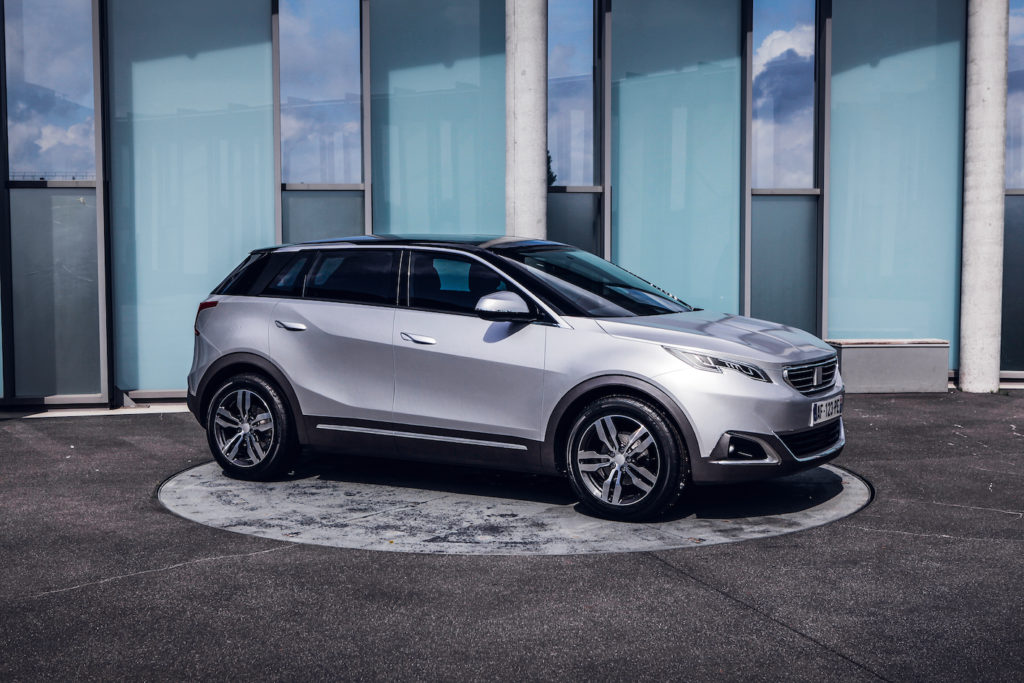
The project will be carried out to the highest standards. Three polystyrene models were unveiled at the annual presentation in La Ferté Vidame. In the middle of a crisis… The crossover coupé silhouette would not be retained (this is only a temporary setback, as the 3rd generation of 2023 is based on the spirit of the NDA crossover coupé), but the idea was germinating in the minds of the designers. The results of customer tests on this second generation 3008 are not very optimistic.
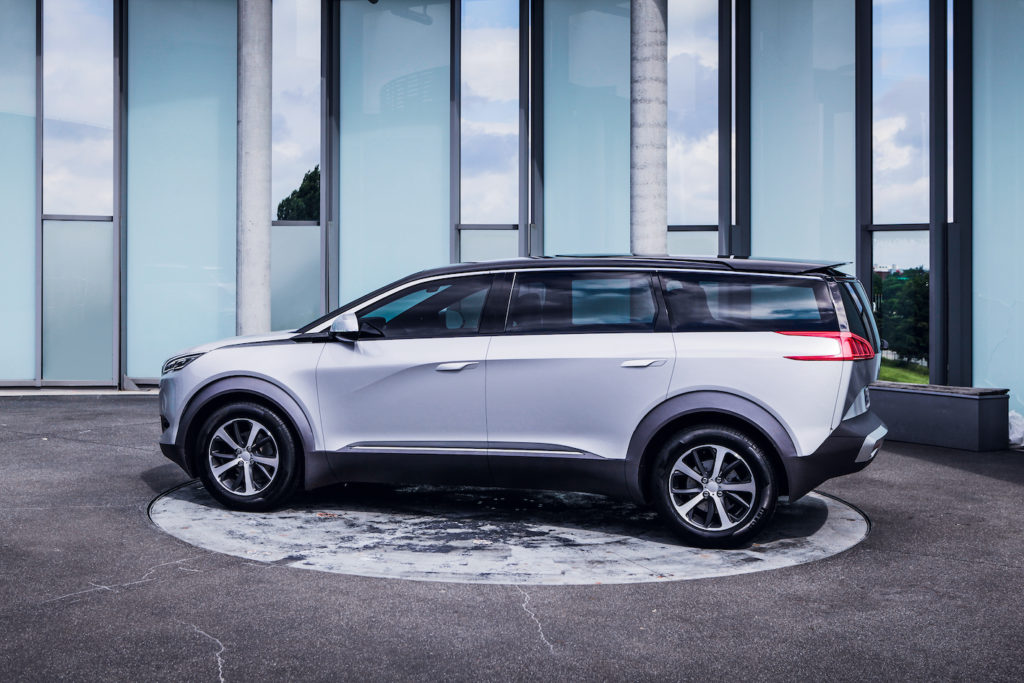
Maxime Picat, the brand’s boss at the time, was sceptical following comments that made the car seem too aggressive. Gilles Vidal was reassuring. “In tests, when we ask a customer what they want tomorrow, at best they answer what they prefer today. Something that might seem daring won’t be so daring when the product comes out two or three years later. You can’t be afraid of these comments. So it was the design that won out over the tests, and the 3008 concept was taken to series production with the success we all know.“
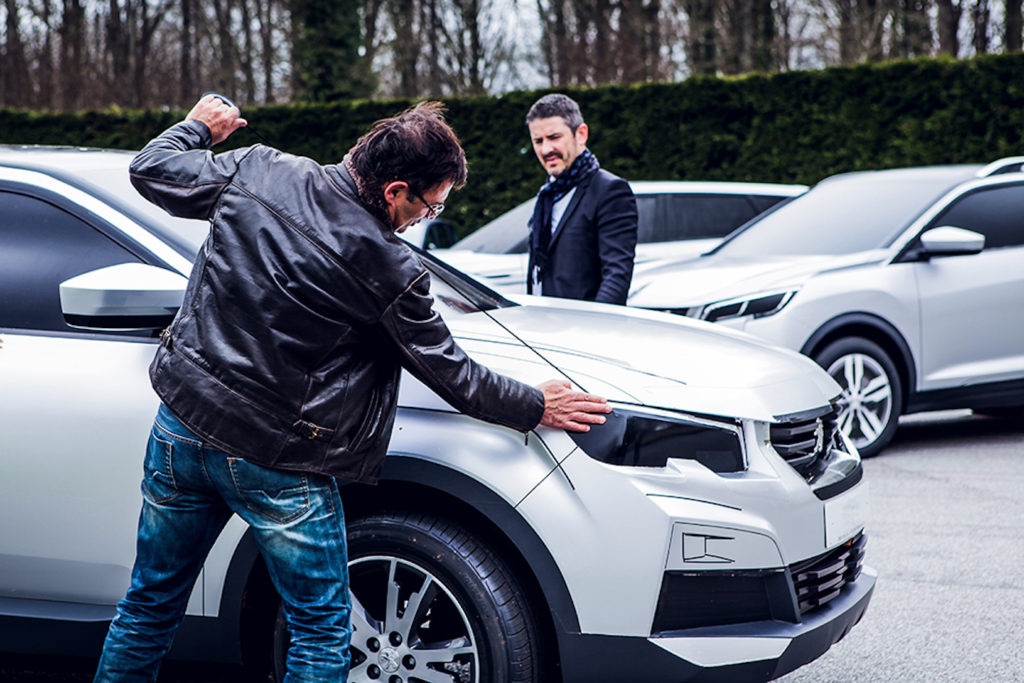
In 2014, the theme and the style freeze coincided with a major change in management, as Carlos Tavares, until then Renault’s number 2, saw his career blocked by Carlos Ghosn and switched sides. On 1 April, he took over as head of PSA’s automotive division. In less than two years, the strategy put in place enabled the group to return to profitability and, in 2016, its profits doubled. At the same time, the 3008 was unveiled and the operating margin on this model exceeded double figures. On 6 March 2017, on the back of its recovery, PSA acquired Opel for €1.3 billion.
Gilles Vidal managed the genesis of the second generation 3008. Now he’s working for the direct competitor, where he presented the Austral, the 3008’s great rival. Read his interview here: http://lignesauto.fr/?p=24401

